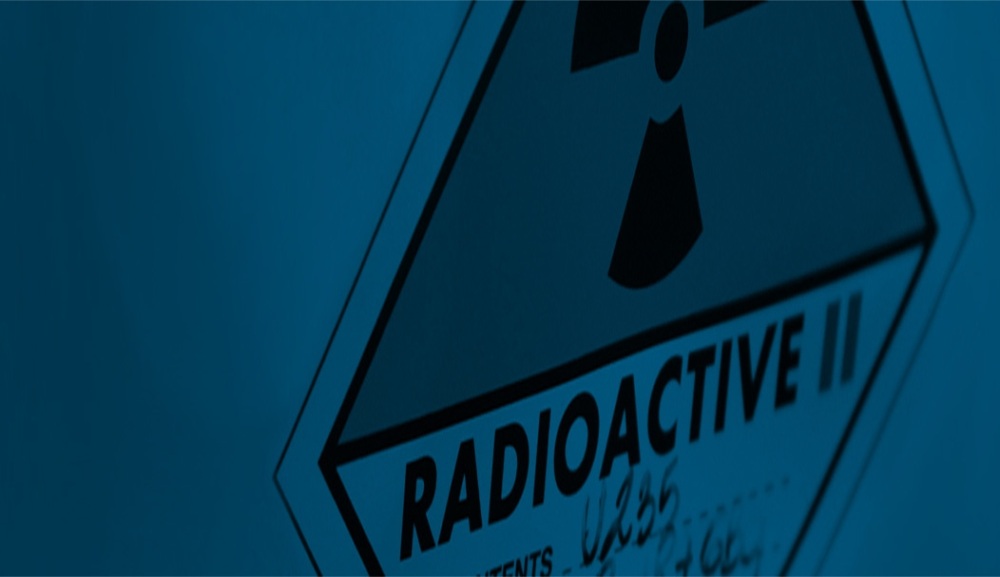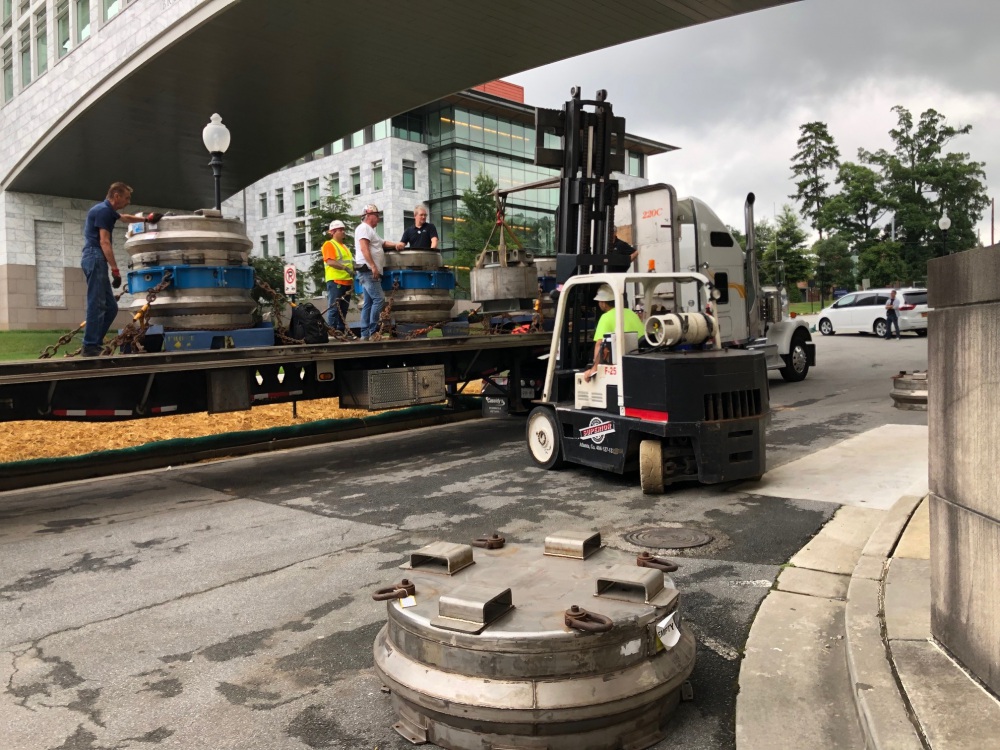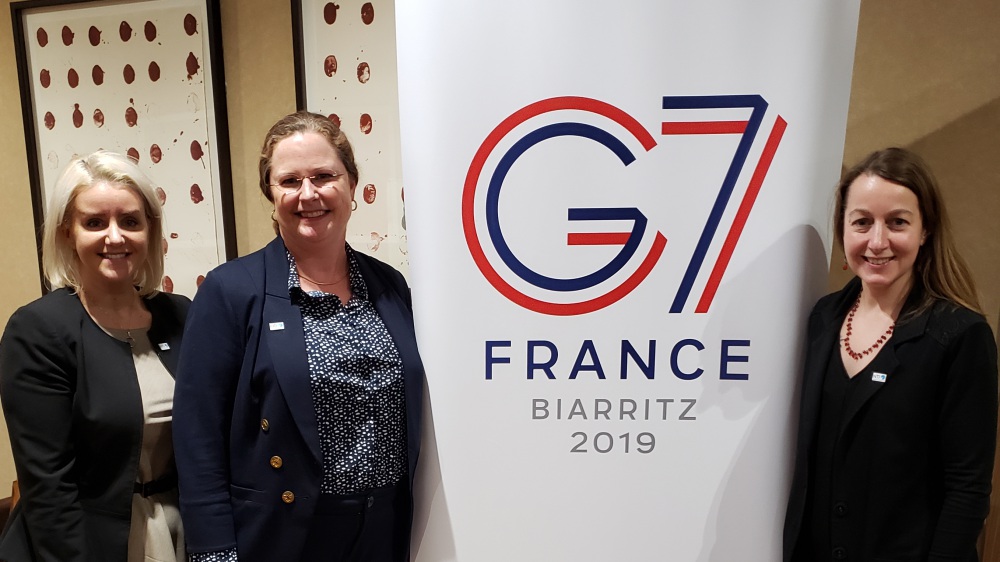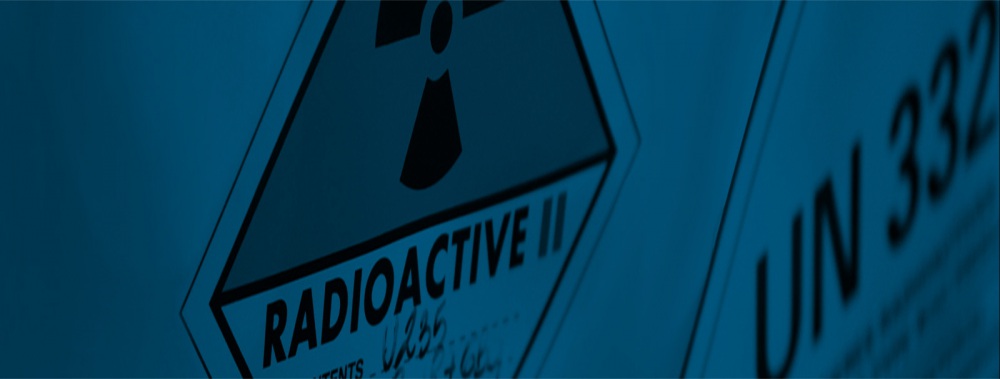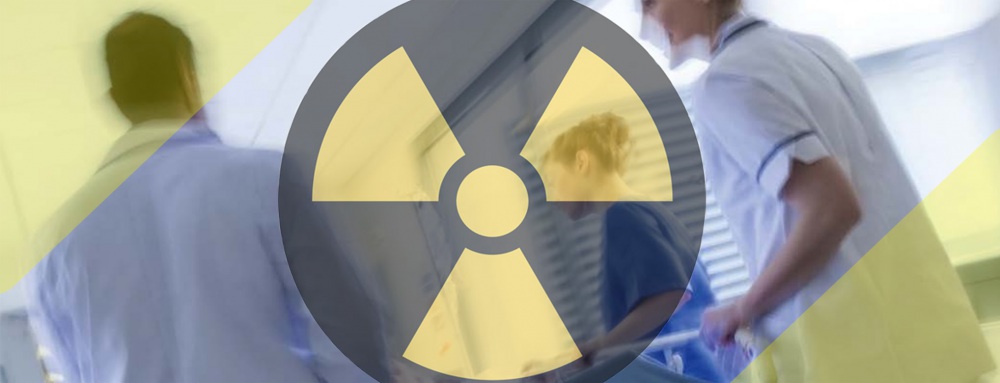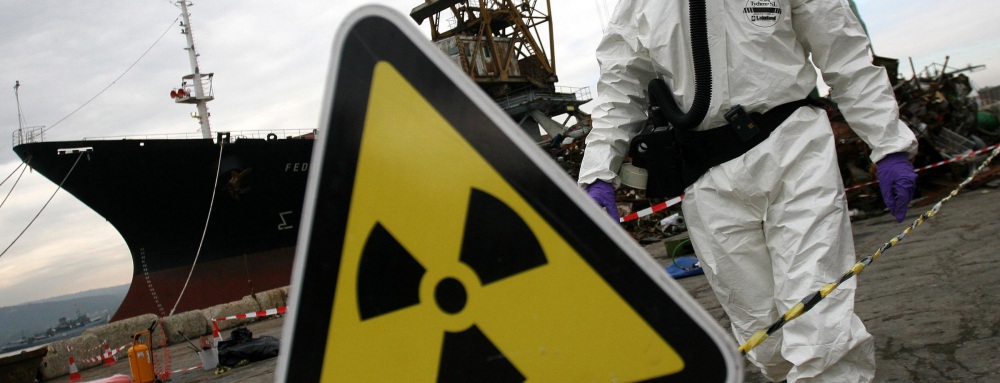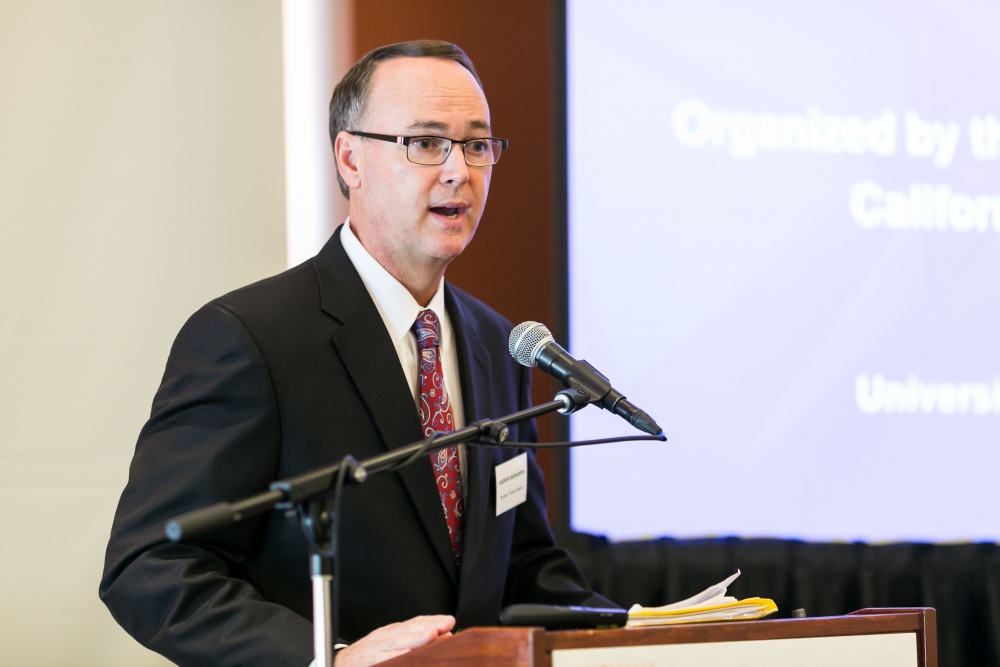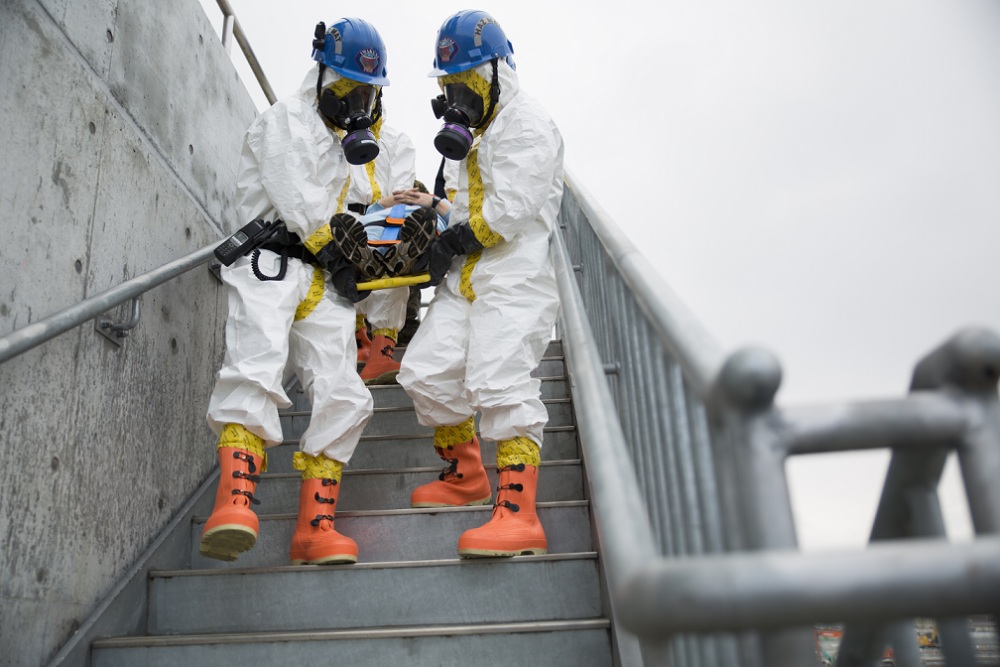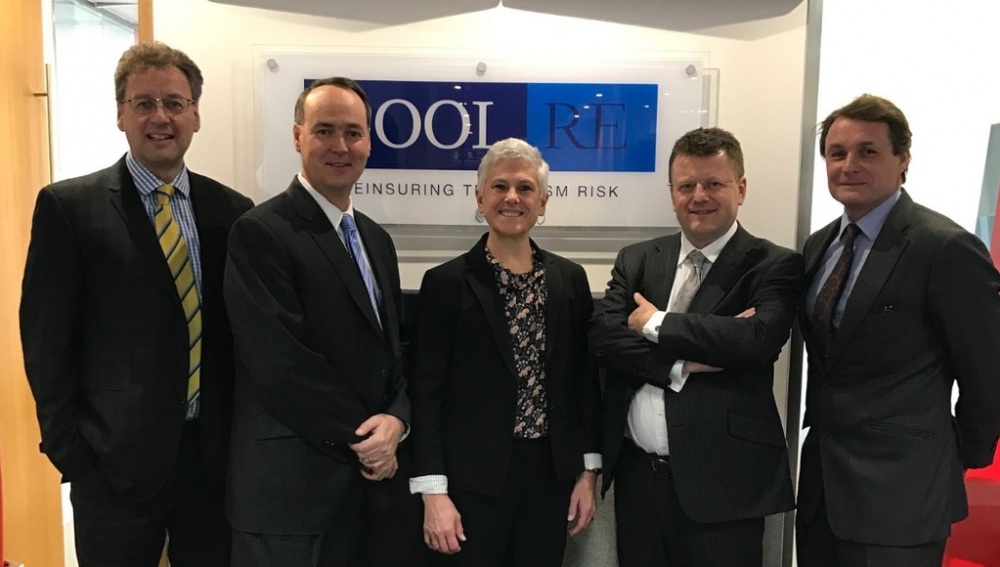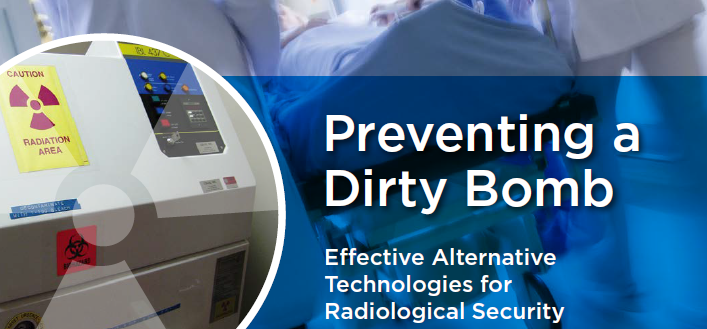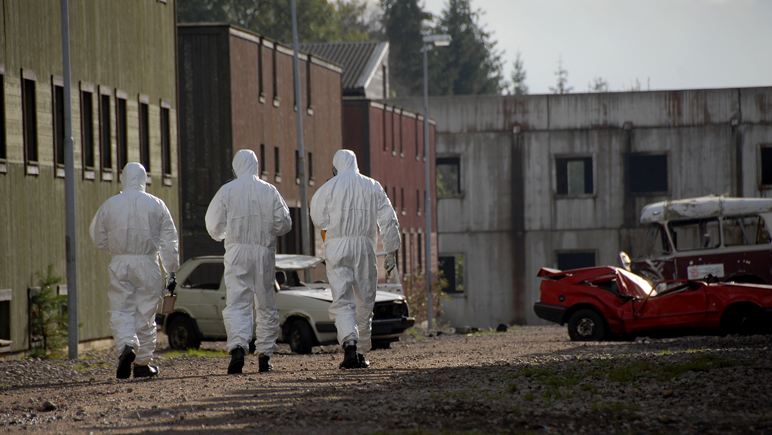
Jessica Bufford
Senior Program Officer, Nuclear Materials Security
Ingredients for a radiological “dirty bomb” include the same isotopes that make lifesaving blood transfusions and cancer treatments possible. These materials are located at thousands of sites in more than 150 countries—often poorly secured and vulnerable to theft.
Engage with hospitals, industry, and governments to raise awareness about this threat and the availability of safe and effective alternatives to the isotope of greatest concern, cesium-137.
Officials and hospitals in Atlanta, New York City, and California are taking steps to replace equipment containing cesium-137.
The risk of a radiological “dirty bomb” attack continues to grow. Radical terrorist organizations are increasingly expressing interest in acquiring and using radioactive material in a radiological “dirty bomb.” In 2016, Belgian investigators discovered terrorists monitoring an employee at a highly enriched uranium (HEU) reactor that also produces medical isotopes.
Cesium-137 is an isotope found in blood irradiators and other medical equipment in many countries around the world. It is also the most dangerous of all radioactive isotopes. If cesium-137 was used in a dirty bomb, its highly dispersible powder would contaminate an area for years, costing billions of dollars in evacuation, demolition, and clean-up.
Fortunately, significant advancements in technology in recent years have yielded safe and effective non-radioactive x-ray devices for sterilizing blood that are approved by the U.S. Food and Drug Administration. Replacing the cesium-137 irradiators with these x-ray devices has security and fiscal benefits: It requires less security, completely eliminates the threat, doesn’t require expensive disposal at the end of the machine’s life cycle, and eliminates a hospital’s liability and protects those without insurance to cover terrorism losses.
NTI works with hospitals, governments, and the private sector to raise awareness about the threat of cesium-137 and other dangerous isotopes and to encourage the use of safe and effective alternatives that eliminate the threat permanently. In New York City, Mount Sinai Hospital committed to replacing all its cesium-137 blood and research irradiators with x-ray technology and the city’s Department of Health and Mental Hygiene launched a city-wide campaign to eliminate all dangerous radioactive sources as rapidly as possible. In Atlanta, NTI worked with Emory University Hospital, which received a Medical Innovation Award at the 2016 Nuclear Industry Summit for its efforts to reduce radiological threats by replacing a cesium-137 blood irradiator. NTI is also working with officials in California, which has many radioactive sources, to raise awareness and address the risk.
Past Event
Virtual
|
10am - 11:30am
Risk Reduction in Real Time: A Behind-the-Scenes View of Radiation Source Removal
The report identifies key roles played by federal, state, and local regulators, operators, and decision makers in implementing cesium-137 substitution strategies.
NTI Vice President highlights NTI's work to secure and eliminate radiological sources during a presentation for the Global Partnership.
A new report was released to improve regional coordination on the security of radioactive sources and to prevent illicit trafficking in Central Asia.
Hospitals and research centers are addressing security, safety and liability concerns by replacing cesium-137 irradiators with alternative technologies.
NTI and Emory University hosted a workshop in Georgia on radiological security which included representatives from the CDC, the NNSA, the FBI, and others.
Past Event
University of California - Los Angeles & University of California - San Francisco
A Pacific Northwest National Laboratory video series addresses the risk of high-activity radioactive material used in hospitals, specifically cesium-137 blood irradiators.
The DOHMH announced an innovative program to replace high-activity radiological sources which will significantly reduce the risk of a radiological “dirty bomb.”
NTI Program Officer for Scientific and Technical Affairs Michelle Nalabandian addressed the “dirty bomb” threat posed by radiological sources in medical equipment.
Past Event
NTI brochure outlines the radiological security risks associated with cesium-137 blood irradiators used in hospitals around the world.
Sam Nunn and Andrew Bieniawski encourage governments to pay closer attention to the threat posed by a terrorist "dirty bomb" in an op-ed for The Washington Post.
